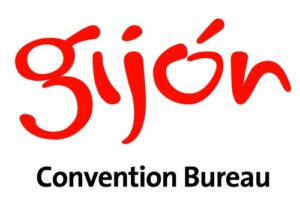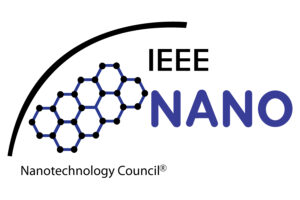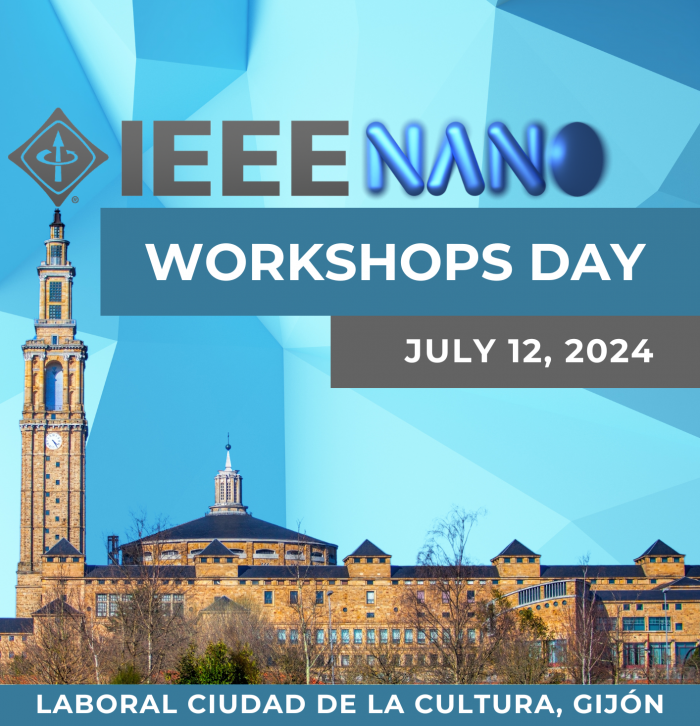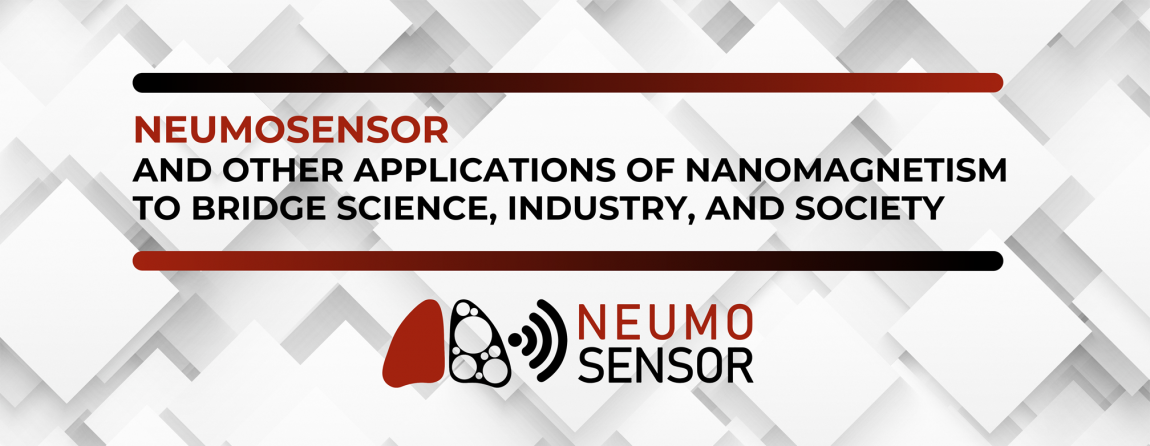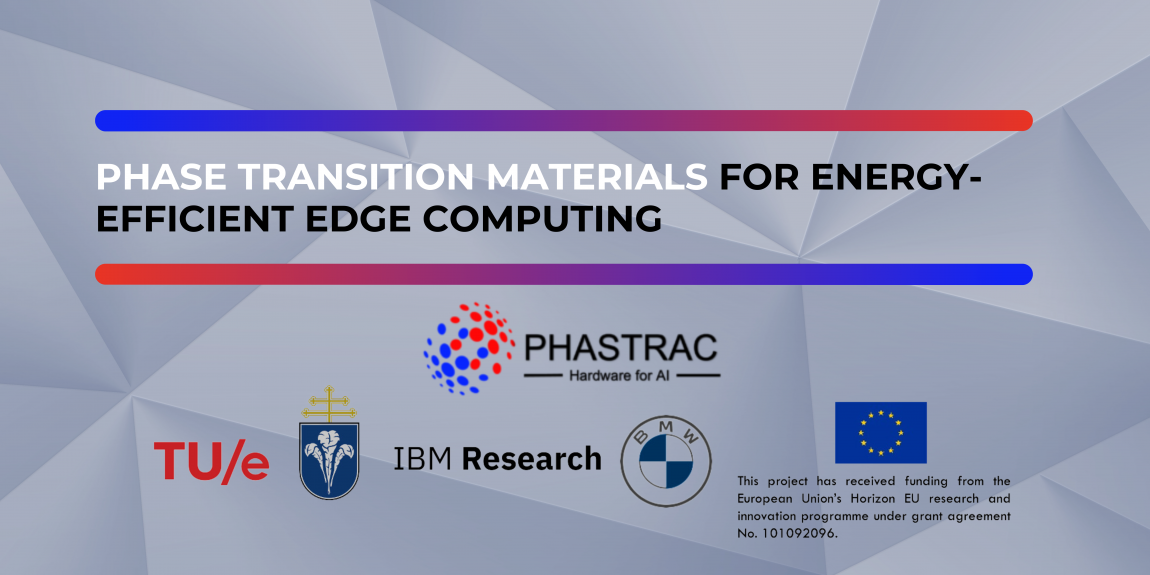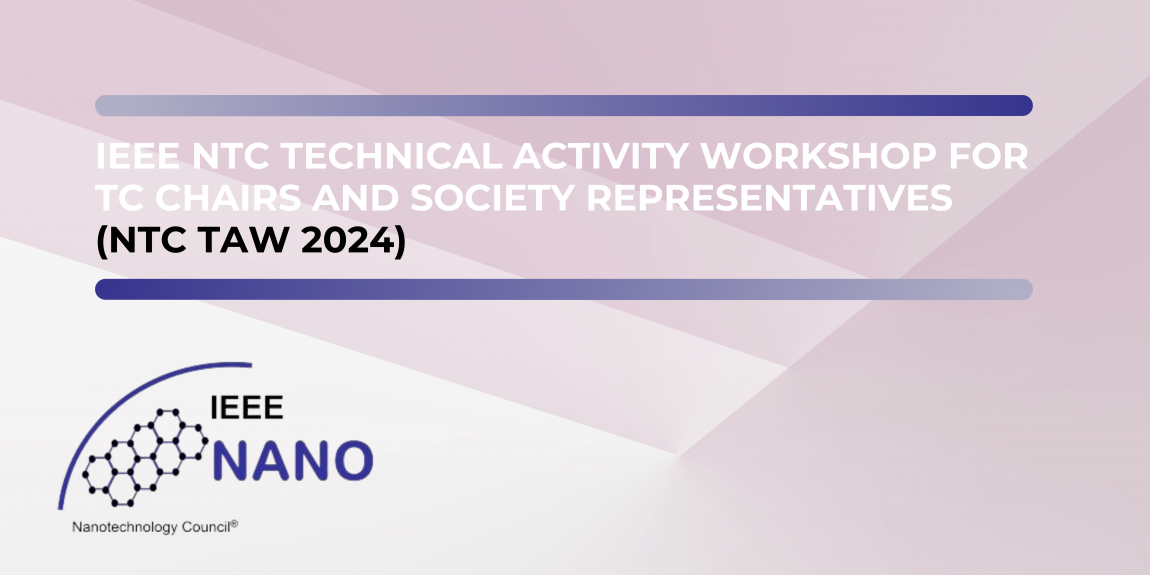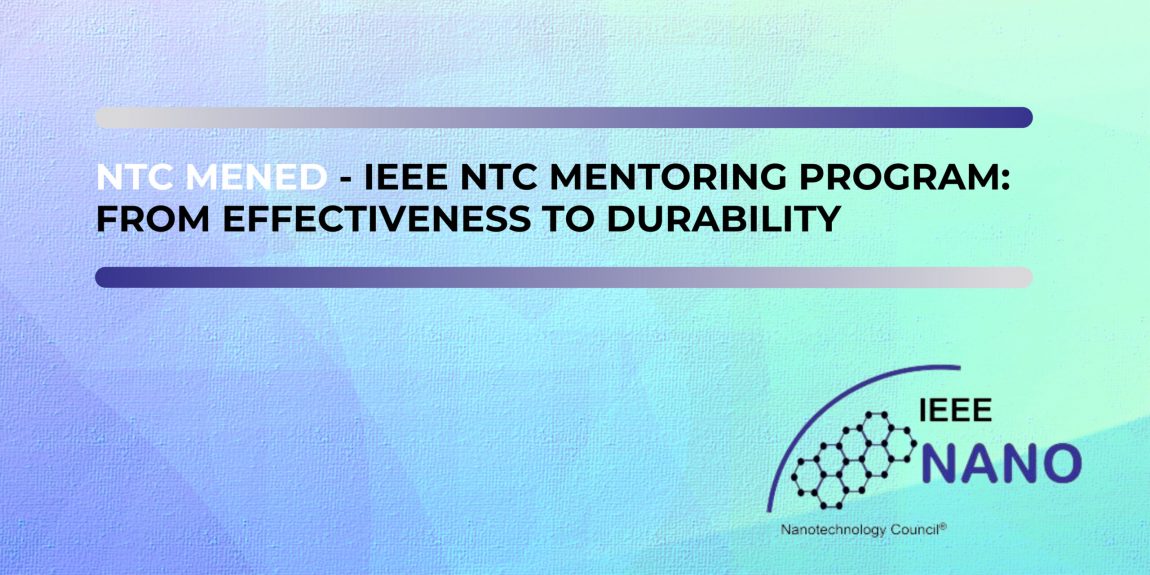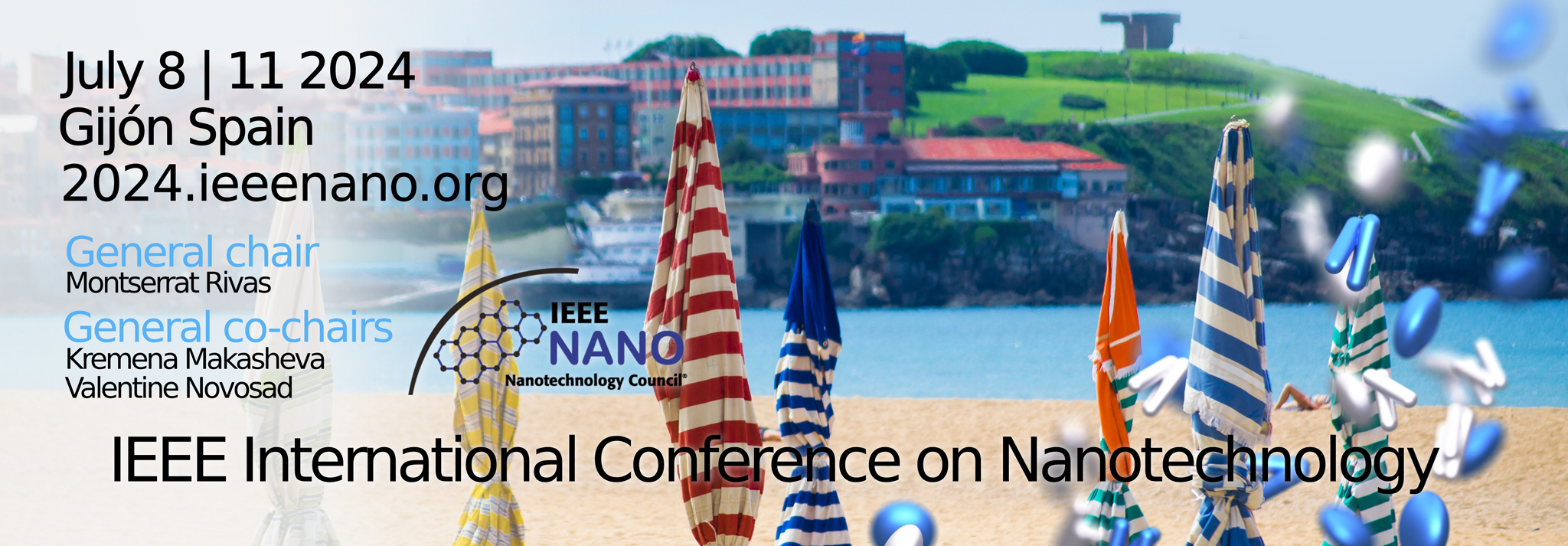
Workshops day
IEEE NANO 2024 will have a day full of workshops on Friday 12 July that will be held in the beautiful building of the Universidad Laboral de Gijón. (More information on the venue here)
This day full of interesting topics will be the golden brooch of a week brimming with cutting-edge nanoscience and nanotechnology discussions. Don’t miss out on this opportunity to delve deep into fascinating topics and expand your knowledge!
Workshop 1
NEUMOSENSOR and Other Applications of Magnetism to Bridge Science, Industry, and Society
Magnetism and magnetic nanostructures have emerged as indispensable tools in contemporary life science applications, leveraging their unique properties to revolutionize various disciplines. Their nanoscale dimensions offer an optimal platform for interfacing with similar entities, while their high surface area-to-volume ratio facilitates efficient functionalization with biomolecules for targeted interactions. Moreover, their manipulability enables remote control and guidance, opening unprecedented alternatives for research and innovation.
This workshop proposes a comprehensive exploration of the versatility and efficacy of magnetic nanostructures in advancing life science research and innovation. From environmental applications to diagnostics, therapeutics, and fundamental biological understanding, these nanostructures promise breakthroughs across diverse disciplines. Moreover, it emphasizes the importance of bridging this knowledge with industry partners capable of bringing these materials to market, thereby ensuring their tangible impact on society.
This workshop is organized by the IEEE NANO 2024 in collaboration with the NEUMOSENSOR consortia project, which develops innovative rapid diagnostic tests based on superparamagnetic nanostructures. The NEUMOSENSOR project is a collaborative effort involving experts from various fields, including molecular biology, materials science, chemical analytics, electronic engineering, physics, pediatrics, infectious diseases, clinical microbiology, and pharmacy. This multidisciplinary approach ensures the development of robust solutions that address critical healthcare challenges and pave the way for impactful societal benefits.
Program
To be announced soon
Workshop 2
UnconvenConal CompuCng with Oscillators: Materials, Devices and ApplicaCons
Context and Motivation: The upcoming workshop is centered around the exploration of novel unconventional computing paradigms and their comprehensive implementation, spanning from the realm of nanomaterials to devices and architectures, with a specific emphasis on applications. Aligned closely with the advancements made within the PHASTRAC project (Phase Transition Materials for Energy Efficient Edge Computing), this workshop serves as a platform to showcase the project efforts to the nanotechnology community. By bringing together both project members and external experts, the workshop aims to provide a holistic view of the current status and progress in unconventional computing. The discussions will delve into the interplay of materials and interfaces, device engineering at the nano scale, computing architecture, and practical applications, fostering an interdisciplinary exchange of ideas. This collaborative environment ensures that the workshop serves to provide insights, discuss on current challenges on design and deployment of unconventional computing paradigms. Participants can anticipate an engaging workshop that not only showcase the progress made within the PHASTRAC project but also offer an up-to-date perspective via the invited external experts in the field.
Background Overview: PHASTRAC is a research project funded by Horizon EU’s research and innovation programme with core subject “Phase Transition Materials for Energy Efficient Edge Computing”. PHASTRAC aims to develop a novel analog-to-information neuromorphic computing paradigm based on oscillatory neural networks (ONNs). We offer a first-of-its-kind and novel analog ONN computing architecture to seamlessly interface with sensors and process their analog data without any analog-to-digital conversion. ONNs are a biologically inspired neuromorphic computing architecture, where neuron oscillatory behavior will be developed by innovative phase change VO2 material coupled with synapses developed by bilayer Conductive Metal Oxide (CMO)/HfO2 RRAM devices. PHASTRAC addresses the most critical issues, namely
1) understanding and fine-tuning of chemical-physical properties of materials at the nano-scale, 2) integration of innovative materials and devices on top of a CMOS platform, 3) implementation of novel ONN architecture to allow analog sensor data processing, and 4) processing the data efficiently to take appropriate action. This “sensing-to-action” computing approach based on ONN technology allows for energy efficiency improvements. Eindhoven University of Technology, Netherlands, leads the consortium of four partners. The project partners are Pazmany Peter Catholic University, Hungary, IBM Research Zurich, and Bayerische Motoren Werke AG (BMW), Germany.
Program
Tentative Workshop Program
09:00 – 09:45 Welcome and PHASTRAC project Introduction by Prof. A. Todri-Sanial, TU/e
09:45 – 10:30 Materials and Devices by Olivier Maher and Tommaso Stecconi, IBM
10:30 – 11: 15 Novel Materials and Devices by Invited Speaker (Prof. Daniele Ielmini)
11:15 – 12:00 Devices to Circuit Implementation by Prof. Gyorgy Csaba, PPKE
12:00 – 13:00 Lunch Time and Networking
13:00 – 13:30 Computing platforms for unconventional computing by Invited Speaker (Prof. Klaus Hofmann)
13:30 – 14:15 Algorithms for phase-based computing by Filip Sabo, TU/e
14:15 – 15:00 Digital implementation of unconventional computing by Invited Speaker (Prof. Maria J. Avedillo)
15:00 – 15:30 Applications with unconventional computing by Invited Speaker (Davi Rodriguez, Politechnic University of Bari, Italy)
15:30 – 16:15 Panel and open floor discussion with participants, moderated by Dr. Siegfried Karg.
16:15 – 16:30 Wrap up and end of workshop.
Workshop 3
Abstract
The NTC Technical Activity Workshops for TC Chairs and Society Representatives (NTC-TAW) is a mentoring/training program that supports TC chairs and member society representatives to be more effectively involved in and support NTC technical activities. Lectures will be given by NTC officers (President and Vice Presidents), experienced TC chairs, society representatives, EICs of NTC publications, NTC conference general chairs or TPC chairs, etc. TC chairs/co-chairs and society representatives are encouraged to attend this workshop once within the 2-year term of their appointments. For the NANO 2024 attendees who feel interested in this workshop are also welcomed to join.
Program
To be announced soon
Workshop 4
Abstract
Our mentoring program (MENED) is designed for young professionals interested in gaining new skills and experiences, participating in professional activities, and further development of their professional network. NANO 2024 attendees who are interested in this workshop are welcomed to join.
Program
To be announced soon
LABORAL Ciudad de la Cultura
The workshops will be held in the Laboral Ciudad de la Cultura. This building was built between 1946 and 1955 by the Ministry of Labour. It is considered the most important architectural work built in the 20th century in the Asturias region and, with its 270,000 m2, the largest building in Spain.
HOW TO GET THERE?
BY BUS
- From Gijón/Xixón
Four lines of the municipal transport company (EMTUSA) include a “Universidad Laboral” stop along their route.
- Line 1 El Cerilleru-Hospital de Cabueñes.
- Line 2 El Corte Inglés-Hospital de Cabueñes.
- Line 18 Nuevo Xixón -Hospital de Cabueñes.
More information about EMTUSA lines, with timetables here. You can change the language at the bottom, in the menu.
- From other cities
The bus company Alsa has regular national routes to Gijón from all around Spain. Municipal bus services can take you from the Alsa coach station to the La Laboral City of Culture: Emtusa bus lines 1 and 18 have stops at both points.
BY CAR
- Take the A8 motorway for Gijón/Xixón.
- On arriving at Gijón/Xixón take the “Ronda”.
- Take the 385 km exit for Viesques.
- Follow the signposts to the Hospital Cabueñes.
- Take the third exit on the third roundabout.
La Laboral City of Culture has a public car park.
BY PLANE
The nearest airport is the Asturias Airport (Castrillón), some 40 km by the A-8 motorway from Gijón/Xixón.

